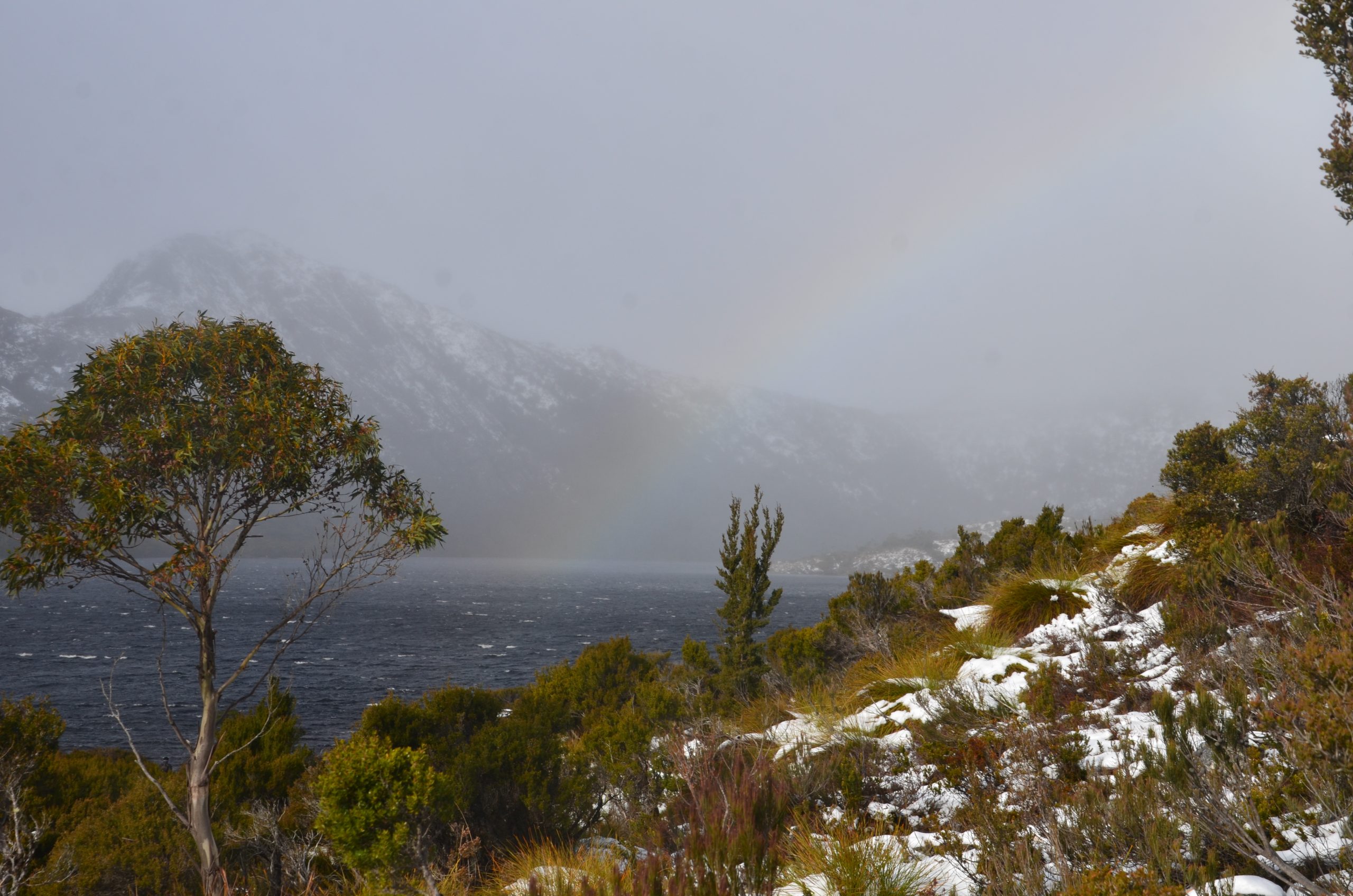
Tasmania lies south of the 40th line of latitude, in the path of the world’s cleanest winds. The island is separated from mainland Australia by Bass Strait, being a 240 kilometre-wide stretch of challenging water. Tasmania is Australia’s smallest state, roughly the size of the Republic of Ireland and twice the size of Switzerland. Bass Strait is the sea-road to Tasmania. The route is operated by the TT-Line, with the passenger / vehicle ferry Spirit Of Tasmania. This vessels offer an overnight and day service from Melbourne to Devonport seven days a week, year round, with additional services in peak periods. The Spirit of Tasmania travels Bass Strait year round, between Station Pier in Port Melbourne and Devonport on Tasmania’s north coast. Onboard accommodation includes airline-style seating and private cabins, with both accommodation options varying in price but providing comfort for the traveller. All cabins have private facilities, air-conditioning and 220-volt power socket. As a vehicle / passenger ferry, you are able to bring your car, caravan, campervan, motorcycle or bicycle.
For those traveling by air, Virgin Blue, Qantas, Tiger Airlines and Jetstar operate frequent services to Tasmania, with flights from Sydney, Melbourne, Adelaide and Brisbane to Launceston, Devonport, Burnie/ / Wynyard and Hobart. Regional Express operate services to Burnie and King Island. King Island Airlines and TasAir also operate services to King Island. Island Airlines Tasmania operate services to Flinders Island.
Remember